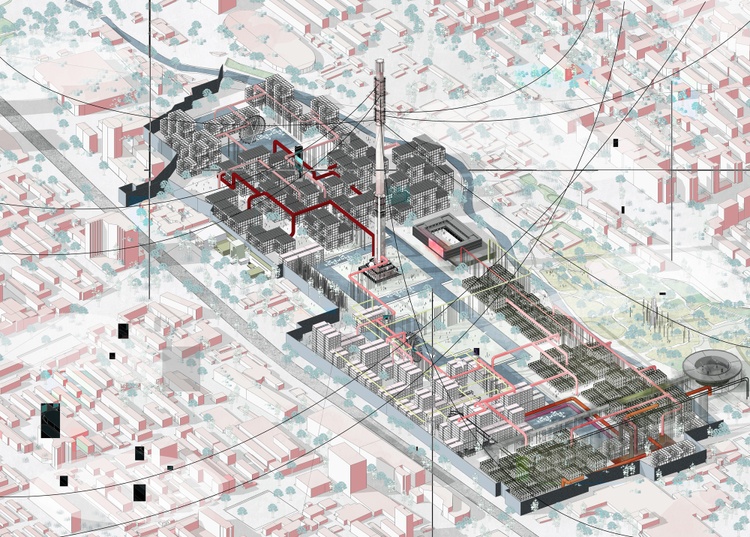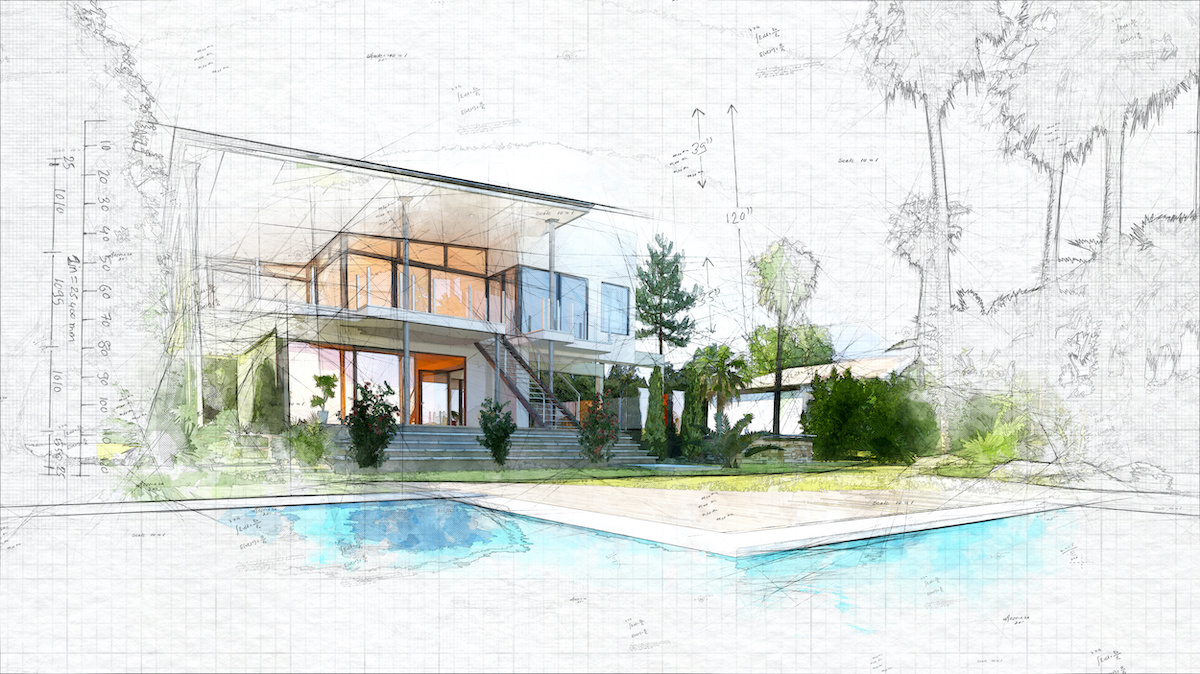How CDA Architects Supply Cutting-Edge Solutions for Sustainable Architecture
How CDA Architects Supply Cutting-Edge Solutions for Sustainable Architecture
Blog Article
Comprehending the Collaborative Refine Between Architects and Designers in Modern Building And Construction Projects
The joint process in between designers and engineers is essential in modern-day construction projects, as it harmonizes design intent with engineering feasibility. Discovering these dynamics exposes understandings that could substantially impact job results and total market standards.
The Relevance of Cooperation
The collaborative synergy between designers and engineers is crucial for the successful realization of any building job. This partnership unites distinctive experience and point of views, enabling the assimilation of cutting-edge style with useful engineering services. By functioning together, architects and designers can guarantee that a project not only fulfills aesthetic and practical requirements however also sticks to security, sustainability, and budgetary restraints.
Partnership fosters a common vision, assisting in the placement of objectives and assumptions from the start. This positioning is vital in resolving potential challenges and mitigating threats that can occur throughout the job lifecycle. Moreover, a collective technique enables the reliable appropriation of resources, maximizing both time and expense.
The relevance of collaboration expands to the iterative process of layout and construction, where feedback from designers can educate architectural decisions, bring about more viable and lasting styles. Conversely, architects can inspire engineers to believe artistically about how to achieve structural integrity without jeopardizing creative intent. Inevitably, the collaborative relationship between architects and engineers is not just useful; it is fundamental to the creation of high-grade, useful, and ingenious developed environments that meet the requirements of culture.
Interaction Strategies and Tools
Reliable interaction techniques and tools are essential for fostering cooperation in between engineers and engineers throughout the task lifecycle. Developing clear channels of interaction is vital to make certain that all employee are straightened with project purposes, timelines, and responsibilities. Routine conferences, both in-person and virtual, give chances for stakeholders to discuss progress, address problems, and make informed decisions.

Additionally, adopting joint interaction devices, such as Slack or Microsoft Teams, enables immediate messaging, documents sharing, and ongoing conversations, advertising an extra dexterous reaction to emerging problems. Record management systems likewise play a critical function in organizing job paperwork, ensuring that all staff member have accessibility to the most recent details.
Shared Objectives and Project Vision
A linked task vision serves as the structure for successful cooperation in between designers and engineers (cda architects). This common get redirected here vision not just lines up the initiatives of both parties yet likewise establishes a common structure for decision-making throughout the task's lifecycle. By verbalizing clear goals, stakeholders can properly navigate the complexities of contemporary construction jobs, making certain that both aesthetic and functional demands are satisfied
Establishing shared goals involves open dialogue and a complete understanding of each technique's payments. Architects usually focus on design intent, spatial connections, and customer experience, while designers emphasize structural honesty, systems capability, and compliance with laws. When these point of views are aligned, the outcome is a natural job that abides by both creative desires and technological expediency.
Additionally, a well-defined project vision fosters responsibility among group members, encouraging each participant to take ownership of their role in accomplishing the wanted outcome. Routine check-ins and joint workshops official source can better reinforce this commitment, enabling for changes to be made as the task develops. Ultimately, a common vision not just boosts team effort however likewise boosts the top quality of the final deliverable, resulting in successful job completion.
The Role of Modern Technology
Leveraging modern technology has actually ended up being important in boosting partnership in between designers and designers. Structure Information Modeling (BIM) stands out as a crucial innovation, allowing both architects and engineers to create in-depth 3D models that envelop design intent and architectural honesty.
In addition, cloud-based systems allow seamless collaboration, permitting job stakeholders to access and update project data from anywhere. This cultivates a culture of transparency and accountability, as modifications can be tracked and reviewed in real-time. Additionally, mobile applications additional boost communication, providing on-site groups with prompt access to job requirements and updates.
Arising modern technologies such as expert system and artificial intelligence are likewise beginning to play a function in anticipating analysis, assisting teams recognize prospective problems before they emerge. Eventually, the role of technology in architecture-engineering cooperation not just enhances process efficiencies however additionally enhances advancement, leading to more effective task end results. By accepting these technological improvements, designers and designers can make sure a much more natural and efficient joint process throughout the building lifecycle.
Case Researches in Effective Partnerships
Various study highlight the profound impact of efficient site web partnerships between engineers and designers on project end results. One noteworthy instance is the cooperation on the High Line in New York City, where landscape architects, engineers, and city coordinators worked with each other to change an abandoned railway right into a vivid public park. This multidisciplinary technique not only improved the aesthetic top quality but also ensured architectural security and ecological sustainability.

The Burj Khalifa in Dubai additionally shows the importance of collaborative initiatives - cda architects. The combination of architecture and design experience allowed the task team to attain unmatched elevations while sticking to safety and security policies and aesthetic vision
These instances highlight the significance of interaction, depend on, and shared purposes. In today's intricate construction environment, such collaborations are vital to browsing difficulties and supplying jobs that meet both useful and visionary objectives.
Conclusion
In verdict, the partnership between engineers and engineers is vital for the success of contemporary construction jobs. Reliable interaction strategies, a common job vision, and the assimilation of innovative innovations are vital components that facilitate this collaboration.
Report this page